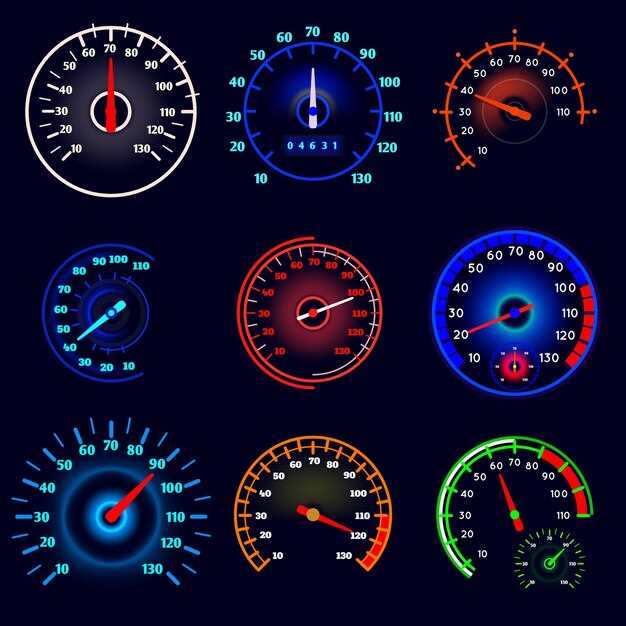
In the high-stakes world of motorsport, every facet of a race car’s design contributes to its overall performance on the track. One of the most critical factors influencing speed and handling is the distribution of weight. Proper weight distribution is essential for achieving optimal balance between various components, including acceleration, braking, and cornering capabilities.
When a car’s weight is distributed evenly, it can enhance traction and increase stability, allowing drivers to maintain control at high speeds. Conversely, poor weight distribution can lead to oversteer or understeer, negatively impacting lap times and overall competitive performance. As teams strive for excellence, understanding the intricate relationship between weight distribution and speed becomes paramount.
The dynamics of weight distribution also play a crucial role in tire performance. Uneven weight can cause selective degradation, affecting grip and increasing tire wear. This understanding helps engineers make data-driven decisions about vehicle setup and modifications, ultimately leading to improved performance on race day. In summary, the impact of weight distribution on race car speed is a complex yet vital aspect of engineering in motorsport.
Optimal Weight Distribution for Improved Cornering Performance

Efficient weight distribution is vital for achieving superior cornering performance in race cars. The way weight is allocated across a car influences its balance, traction, and overall handling characteristics. Understanding the optimal distribution can lead to improved lap times and enhanced driver control.
Cornering performance primarily depends on:
- The distribution of weight between the front and rear axles.
- The lateral load transfer during cornering.
- The center of gravity (COG) position.
To achieve optimal weight distribution, it is essential to consider the following factors:
- Front-Rear Balance: A balanced weight distribution, often around 50/50, allows for predictable handling. If the front of the car is too heavy, it may lead to understeer, while excessive rear weight can cause oversteer.
- Weight Shift During Cornering: As a car enters a corner, weight shifts towards the outside tires. A well-balanced distribution helps maintain traction on all four tires, resulting in better grip and stability.
- Adjusting Suspension Settings: Weight distribution can be optimized by adjusting suspension settings. Softer springs on the front can help reduce understeer, while stiffer rears can counter oversteer tendencies.
- Driver Weight: The position of the driver also impacts weight distribution. Placing the driver further back in the car can improve rear traction, while a more forward position may enhance front grip.
In summary, achieving a proper weight balance is crucial for maximizing cornering performance in race cars. An optimal distribution not only enhances grip and stability but also allows drivers to exert greater control over their vehicles during high-speed maneuvers. Such considerations are essential for any racing team aiming for competitive excellence on the track.
Analyzing the Role of Weight Balance in Acceleration and Braking

In motorsport, the distribution of weight within a race car plays a crucial role in its performance, particularly in acceleration and braking. Achieving the optimal balance directly influences how effectively a car can transfer power to the track and achieve maximum speed within a short timeframe.
During acceleration, a well-balanced weight distribution helps maintain traction. When a car accelerates, weight shifts to the rear, enhancing the grip of the rear tires. This is essential for rear-wheel-drive vehicles, where too much weight on the rear can lead to oversteer, while too little can cause spin-outs. Conversely, front-wheel-drive vehicles benefit from a more front-biased weight distribution to maximize traction during initial acceleration.
Braking performance is similarly affected by weight balance. A balanced setup allows for even weight distribution across the four wheels, enhancing stability and control when decelerating. If the weight is too far forward, it can lead to premature locking of the front wheels, making it difficult for the driver to maintain directional control. On the other hand, excessive rear weight can cause the rear wheels to lose grip, resulting in a rear-end slide. Effective brake bias adjustments often depend on the understanding of weight distribution, allowing teams to create setups that best cope with different track conditions.
Overall, understanding and optimizing weight balance is fundamental to maximizing acceleration and braking performance in race cars. The intricate relationship between weight distribution and vehicle dynamics underscores why teams invest significant resources into this aspect of car setup, ensuring they achieve the best possible performance under competitive conditions.
Adjusting Weight Distribution to Suit Different Track Conditions
In motorsport, the distribution of weight within a race car plays a crucial role in optimizing performance across various track conditions. Different surfaces, weather conditions, and track layouts necessitate adjustments in weight distribution to enhance grip, stability, and overall speed.
During wet conditions, for example, the increased likelihood of loss of traction requires a shift in weight towards the rear of the car. This adjustment helps improve rear tire grip and reduces the chances of oversteer, allowing drivers to navigate corners more effectively without losing control. Conversely, when racing on dry surfaces, a more balanced weight distribution or even a forward bias may be desirable to increase front tire responsiveness and enhance cornering capabilities.
Additionally, the specific characteristics of a track can also dictate weight distribution adjustments. Tight, twisting circuits with many corners may benefit from a slightly rearward bias, while high-speed tracks with long straights often require a more neutral setup to ensure maximum aerodynamic efficiency and stability. Each racing scenario presents unique challenges that can be mitigated with precise weight redistribution.
As teams analyze data from practice sessions and qualifying runs, they must consider adjusting the weight balance of their vehicles to better suit evolving track conditions. This adaptability not only improves lap times but also increases driver confidence, enabling them to push their limits on the track.
Ultimately, understanding the symbiotic relationship between weight distribution and track conditions allows motorsport engineers to optimize vehicle setups, enhancing competitive performance and achieving faster race times.



